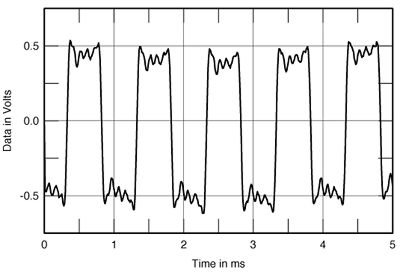So, an accurate loudspeaker is one that can faithfully reproduce clipping distortion from an amplifier, or capture all of the nuance from a brickwall limiter?
le's put it this way .... if it can reproduce a SW it can reproduce accurately almost anything
Of course there will be limitations for bandwidth and SPL ... but again i would like to see this kind of test perfomed on some excellent drivers like JBL 375 and similar
I am quite sure they would perform impeccably
I guess that also the influence of the horns on the drivers performance can be evaluated in the same way with some horns more accurate than others
I do not know why SW is seen like the evil ... it is just a test signal
Last edited:





